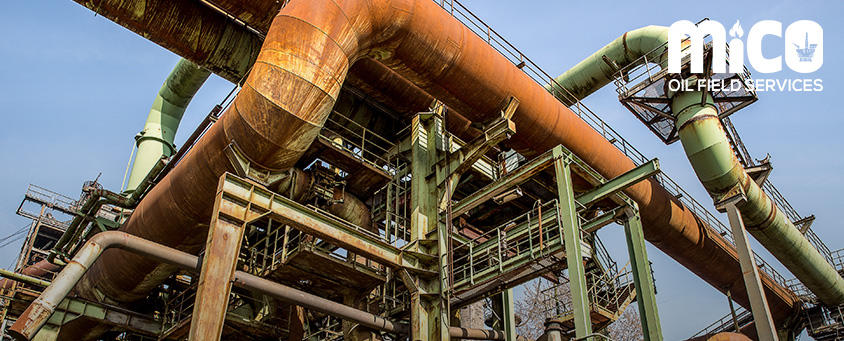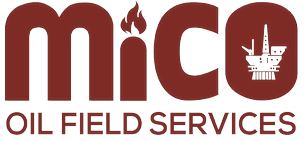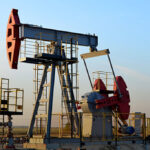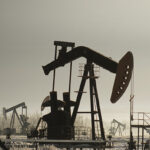Best Practices are observed for desired outcomes. In the Oil and gas Industry the oilfield equipment plays a critical role in ensuring the smooth operation of oil and gas exploration, extraction, and production. Given the harsh conditions these machines face—high pressure, extreme temperatures, and constant wear—regular maintenance is essential to prevent costly downtime, equipment failure, and environmental hazards. This article delves into the best practices for maintaining oilfield equipment, explores current statistics on maintenance efficiency, and highlights innovative techniques that are transforming the industry.
The Importance of Oilfield Equipment Maintenance
Oilfield equipment operates in some of the most demanding environments, making it vulnerable to wear and tear. Unscheduled breakdowns can lead to significant financial losses, increased operational risks, and, in extreme cases, environmental disasters. According to a study by IHS Markit, oil and gas companies can lose up to $38 million per year due to unplanned downtime. Therefore, preventive and predictive maintenance strategies have become indispensable.
Proper maintenance extends the life of critical assets like drilling rigs, pumps, and compressors, ensuring that they function at peak efficiency. Additionally, it minimizes safety risks, as equipment failure can lead to accidents and hazardous conditions for workers.

Key Maintenance Strategies
- Preventive Maintenance Preventive maintenance (PM) involves routine checks and servicing of equipment to prevent breakdowns. This strategy is based on manufacturer recommendations and historical data. Regularly replacing worn parts, lubricating moving components, and inspecting systems for signs of stress can reduce the likelihood of failure.
A report by Deloitte suggests that oil companies with a strong PM program can reduce equipment downtime by up to 20% . contributing to more reliable and efficient operations. Implementing a strict PM schedule ensures that small issues are addressed before they escalate into costly repairs or replacements.
- Predictive Maintenance Predictive maintenance (PdM) uses advanced technologies such as sensors, machine learning algorithms, and real-time data analytics to predict when equipment is likely to fail. With these insights, maintenance teams can perform necessary repairs just before failure, avoiding unplanned outages.
PdM has gained traction in the oil and gas industry due to its ability to optimize the timing of repairs. McKinsey & Company reports that predictive maintenance can reduce maintenance costs by up to 30% and eliminate up to 50% of unplanned downtime. Condition-Based Monitoring (CBM) CBM focuses on monitoring the condition of equipment in real-time to detect signs of degradation. Some techniques used for identifying potential issues are vibration analysis, thermography, and ultrasonic testing.
For example, vibration analysis can detect misalignment in pumps or motors, while thermography can spot overheating components in electrical systems. By addressing these issues early, companies can prevent equipment failure and extend asset lifecycles.
Innovations in Oilfield Maintenance Best Practices
Recent advancements in technology are transforming how oilfield maintenance is approached. Innovations such as the Industrial Internet of Things (IIoT), cloud computing, and digital twins are enabling more accurate and efficient maintenance practices.

- IIoT and Remote Monitoring
The IIoT allows for the real-time monitoring of equipment performance from remote locations. Sensors embedded in critical components continuously collect data on temperature, pressure, and other operational parameters. They transmit this information to central control rooms for anomaly detection and resolution before causing failures.
The central control rooms detect and resolve anomalies. Wood Mackenzie reports that the integration of IIoT into oilfield operations can lead to a 25% increase in asset reliability.- Digital Twins
Digital twins—virtual models of physical assets—allow maintenance teams to simulate various operational scenarios and predict potential equipment failures. By using real-time data, these digital replicas can help engineers optimize equipment performance and reduce maintenance costs.
- Artificial Intelligence (AI) and Machine Learning
AI algorithms can analyze vast amounts of data collected from equipment sensors to identify patterns and trends that human operators might miss. Machine learning models can predict when a component is likely to fail, providing maintenance teams with actionable insights for scheduling repairs.
Best practices for Skilled Labor in Maintenance
While advanced technologies are revolutionizing oilfield equipment maintenance, human expertise remains indispensable. Skilled technicians are required to interpret data, perform repairs, and ensure that all maintenance activities comply with safety standards.
However, there is a growing skills gap in the oil and gas industry. According to a report by Oil & Gas IQ, nearly 70% of oil companies are facing challenges in hiring skilled maintenance workers. As a result, companies are investing in training programs to equip their workforce with the knowledge needed to handle the latest technologies and maintenance procedures.
Best practices for Environmental Considerations
Improving operational efficiency, proper oilfield equipment maintenance plays a crucial role in minimizing environmental impact. Improperly maintained equipment is more prone to leaks, spills, and other failures that can result in environmental contamination. In fact, the Environmental Protection Agency (EPA) has found that poor maintenance practices are a leading cause of oil spills in offshore drilling operations.
By adhering to stringent maintenance standards, oil companies can reduce the risk of environmental incidents and ensure compliance with regulations such as the Clean Water Act and Oil Pollution Act. Regular inspections, timely repairs, and the use of environmentally friendly lubricants and chemicals are essential for reducing the industry’s environmental footprint.

Discussion
Maintaining oilfield equipment is crucial for optimizing the efficiency, safety, and environmental responsibility of oil and gas operations. The adoption of preventive and predictive maintenance strategies, with use of innovative technologies has revolutionized how maintenance in industry. However, the human element remains vital, with skilled labor being indispensable for interpreting data and performing repairs.
The oil and gas industry continues to evolve, companies must prioritize equipment maintenance to minimize downtime. This results in reduce costs, to protect the environment. In Oman the companies like Al Manazel Inegrated Co. LLC are pioneers in providing the services for Oilfield equipment maintenance. Technologies including IIoT and AI integrate to make the future of oilfield maintenance. This can even more efficient and data-driven, enabling more sustainable and profitable operations.









